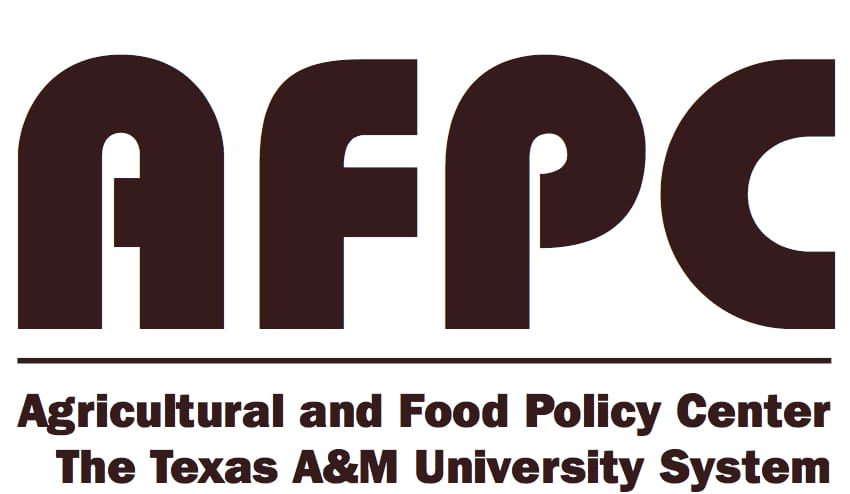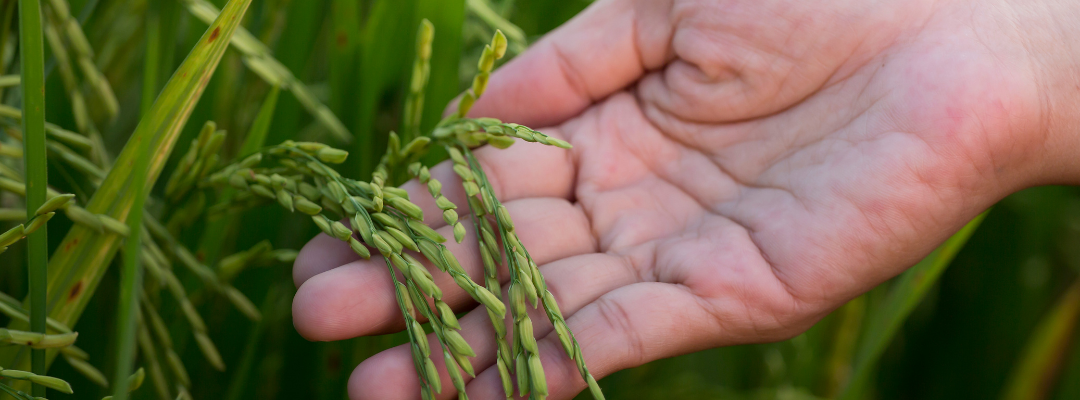A recent Agri-Pulse article explored “raising reference prices based on a commodity’s relative input costs” suggesting that the approach “could benefit some southern crops over commodities such as soybeans and corn.” In the article, I was quoted as saying that an “across-the-board increase in PLC reference prices could penalize farmers who don’t grow corn, soybeans and wheat, which together account for 85% of the acreage eligible for the program.”
While the article has generated a significant amount of interest (judging by the call and email volume over the past week), I do think additional context is important. My purpose in making the statement was this:
- Corn, soybeans, and wheat account for 85% of the base acres nationwide. As a result, decisions made for those three crops will necessarily drive the vast majority of the spending in Title 1 of the farm bill.
- Because each crop is different – with different risk profiles and with producers who have varying views on the various components of the farm safety net – policymakers are in no way constrained to simply making across-the-board adjustments to the farm safety net.
I also argued – and continue to do so – that cost of production is an appropriate metric for making decisions about Reference Prices. The entire point of the traditional farm safety in Title 1 is for it to be reflective of the cost of producing a crop. I suspect that most producers reading this would agree with that point. After all, the primary complaint we’ve heard from the hundreds of producers we work with around the country over the past several years is that the Title 1 safety net has not kept up with the cost of doing business.
The article culminated with a comparison of corn and rice that has led some to ask if I’m suggesting that corn producers (and soybean and wheat producers for that matter) are not in need of a Reference Price increase. To clear up any confusion, in the space that remains, I will quickly address this point for corn, soybeans, and wheat.
Using publicly available data from USDA’s Economic Research Service (USDA-ERS), I compared the total cost of production from 2012-2014 (the 3-year period during which the current Reference Prices were initially established) to the most recent 3-year period for which data is available (2020-2022). As noted in Figure 1, the average cost of production across the United States for corn, soybeans, and wheat increased by 15%, 21%, and 19% respectively over that timeframe. It is also important to note that the impact was not uniform across the nation. For example, while the increase in the national average cost of producing corn may have been 15%, costs in the Northern Crescent (including Michigan, Wisconsin, and parts of Minnesota), the Prairie Gateway, and the Southern Seaboard were all in excess of 20%. A similar dynamic exists for soybeans and wheat. For example, the national average increase for wheat is 19%, but the cost of production for growers in the Northern Great Plains increased more than 25%.
Bottom line: corn, soybean, and wheat producers are absolutely justified in requesting Reference Price increases. Depending on the region in which you produce, the sense of urgency may be even greater.
Figure 1. Percent Change in Cost of Production by Region, 2020-2022 versus 2012-2014.

NOTE: for assistance in deciphering the regions, see this map.
Fischer, Bart. “Adjusting Reference Prices Based on Changes in Cost of Production.” Southern Ag Today 3(23.4). June 8, 2023. Permalink








